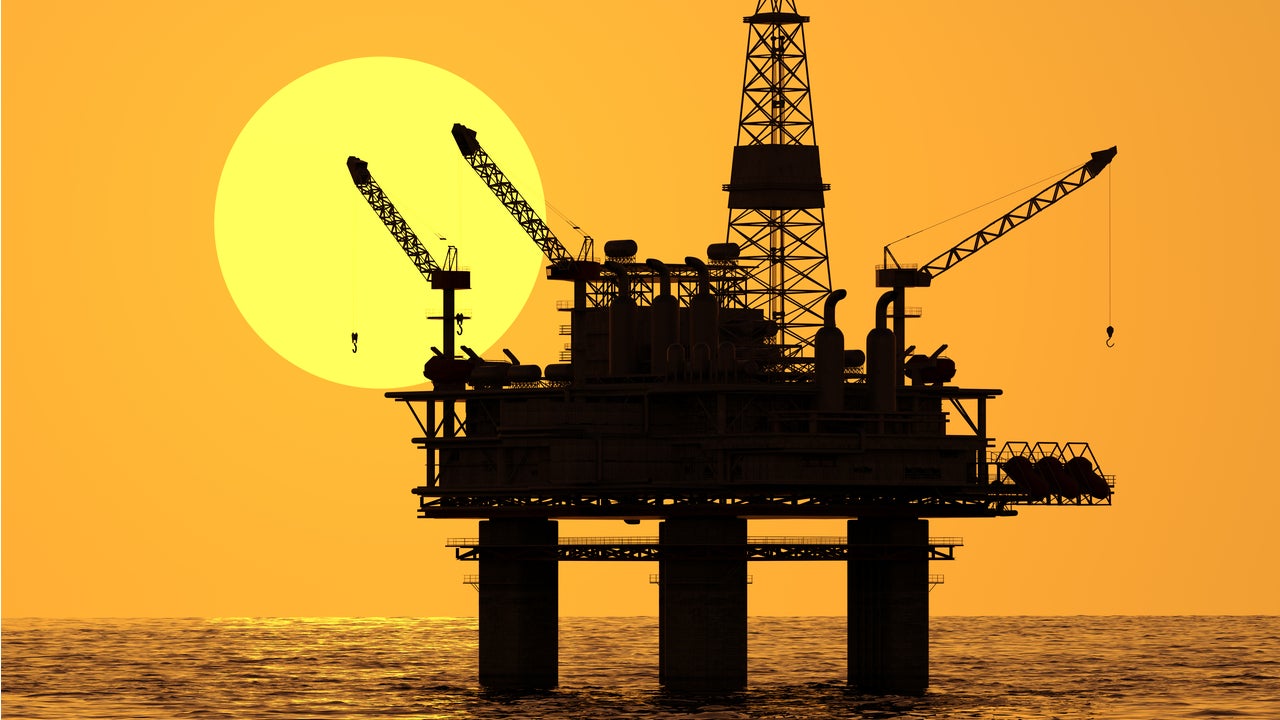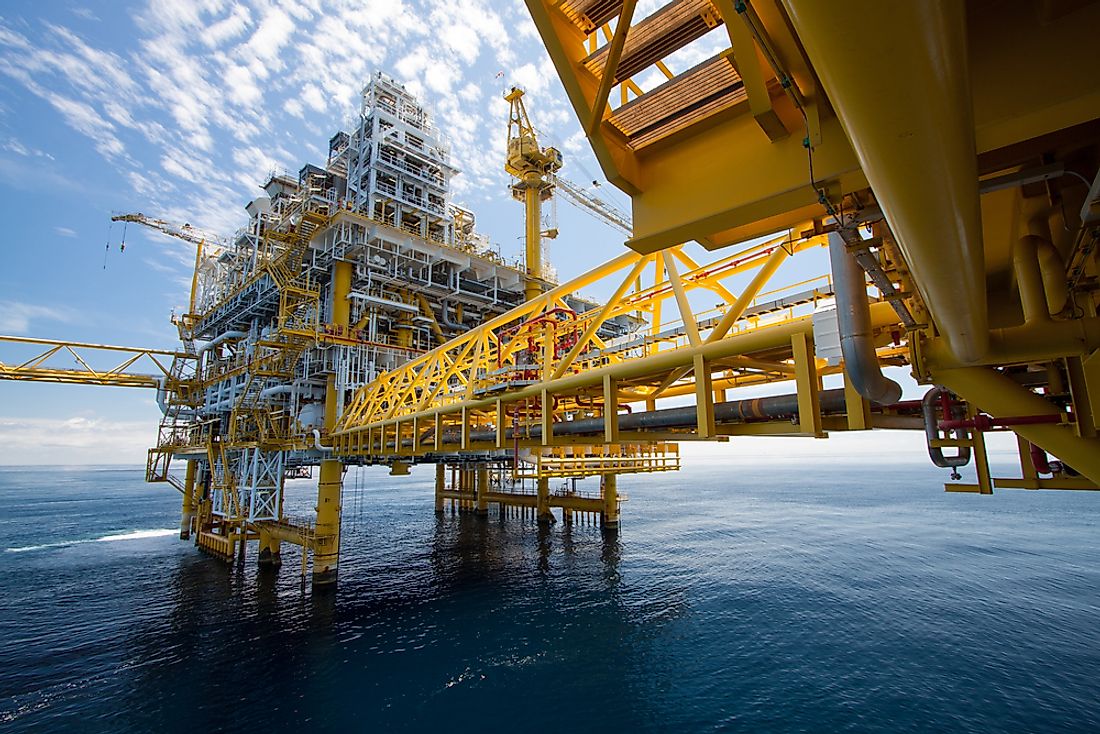The Future of Crude Demand and Its Impact on Oil Prices

The Future of Crude Demand and Its Impact on Oil Prices
According to a report by ICICI Securities, which cited recent updates from the IEA and OPEC, the world’s demand for crude oil is predicted to expand significantly this year and be between 1-2.3 million barrels daily.
Crude oil, often called the lifeblood of the global economy, plays a vital role in various sectors, including transportation, manufacturing, and energy production. The supply and demand dynamics of this finite resource significantly impact its price.

Recent projections from ICICI suggest that oil prices may rise to $85 per barrel, driven by increasing global crude demand. This potential price surge presents a favourable opportunity for oil companies to reap the benefits of high realizations and bolster their financial performance.

According to a brokerage research study, the demand for crude oil is anticipated to expand significantly this year, helping upstream oil and gas firms from the high realization of at least $75 per barrel during FY 2024–25.According to a study by ICICI Securities, based on the latest data from the IEA and OPEC, the demand for crude oil is projected to remain in the range of 1-2.3 million barrels per day for the current year. Additionally, based on solid product demand, India’s OMCs (oil marketing firms) are projected to have steadier GRMs (gross refining margins) and more significant marketing margins.

Growing Crude Demand:
A robust increase in global demand primarily underpins the anticipated rise in crude oil pricesAs the COVID-19 pandemic subsides and international travel resumes, there will be a notable surge in the demand for transportation fuels such as gasoline and jet fuel.Additionally, the resumption of industrial activities and infrastructure development projects across the globe will contribute to heightened energy requirements, further propelling crude oil demand.
Geopolitical Factors:
Geopolitical factors often exert a significant influence on oil prices. Any geopolitical tensions, supply disruptions, or conflicts in major oil-producing regions can lead to supply constraints, thereby driving prices higher. Ongoing geopolitical concerns, such as conflicts in the Middle East or disruptions in critical oil-producing nations, could exacerbate the rising demand and result in a tighter supply-demand balance.
Global Economic Recovery:
The global economy is recovering, with many countries witnessing increased economic activities and higher energy consumption. As businesses rebound and consumer confidence strengthens, the demand for crude oil and its derivatives, including petrochemicals, is expected to climb. A resurgent global economy will increase energy consumption, bolstering simple oil demand and supporting higher prices.
Environmental Policies and Transition:
While the world is progressively moving toward renewable energy sources and decarbonization, transitioning away from fossil fuels is a long-term process. In the interim, oil continues to be a crucial energy source. Although governments and organizations actively promote cleaner energy alternatives, the demand for oil remains strong. This sustained demand, combined with limited exploration and production activities, will likely exert upward pressure on oil prices.

IEA and OPEC anticipate a significant rise in global oil demand :
Despite short-term demand weakening, as shown by movements in crude price, the IEA and OPEC’s predictions of global oil demand for CY23 point to significant growth. The paper claims the predicted increases in global oil consumption from 99.8 million bpd in CY22 to 102.3 million bpd in CY23 and 103.1 million bpd in CY24.
“The first four months of CY23 have seen a decline in demand, according to economic indications from China and the US, the world’s second-and third-largest consumers of oil, respectively. However, there has been some improvement in Chinese demand over the past two months, and US inventory restocking will significantly boost demand for oil throughout H2FY24E. Additionally, the ICICI analysis stated that faster growth in demand in other Asia-Pacific nations (India) and regions of Africa might increase global CY23E oil consumption.
Impact on Oil Companies:
Oil companies are set to benefit from the projected rise in oil prices. Higher realizations enable these companies to improve their financial performance and invest in exploration and production activities. The increased revenue stream bolsters their research and development efforts for cleaner technologies and diversifies their energy portfolios. Moreover, improved profitability enhances the sector’s attractiveness to investors, facilitating capital inflow and potential expansion opportunities.

Risk Factors:
While the outlook for oil companies appears promising, several risk factors must be considered. Fluctuations in currency exchange rates, geopolitical tensions, and unexpected shifts in global economic conditions can introduce volatility into the oil market. Furthermore, the potential for regulatory changes, such as stricter environmental regulations or increased taxation on fossil fuels, could impact the profitability of oil companies.
Over H2FY24, crude prices are projected to increase:
Due to a significant supply imbalance caused by a tightening global supply, nominal demand growth, and a rebound in Chinese demand, oil prices are projected to increase during H2FY24. “We do not believe that the hostile environment will support oil prices for a prolonged time, and we anticipate that costs will return to levels around US$80-85/bbl by the end of FY24. We see that futures prices point to a significantly lower pricing environment than expected. As a result, there may be considerable risk to the downside of our base case projections of US$80-85/bbl for FY24/25E, according to the research.

The anticipated surge in crude oil prices, as predicted by ICICI at $85 per barrel, is likely to be driven by increasing global demand. Oil companies stand to benefit from this upward trend as higher realizations bolster their financial performance and provide opportunities for investment and growth. While the energy transition to cleaner alternatives continues, the demand for oil remains robust, ensuring the relevance of oil companies in the global energy landscape. However, these companies must stay vigilant and adaptable to evolving market dynamics and potential risks associated with geopolitics, regulatory changes, and economic fluctuations.






